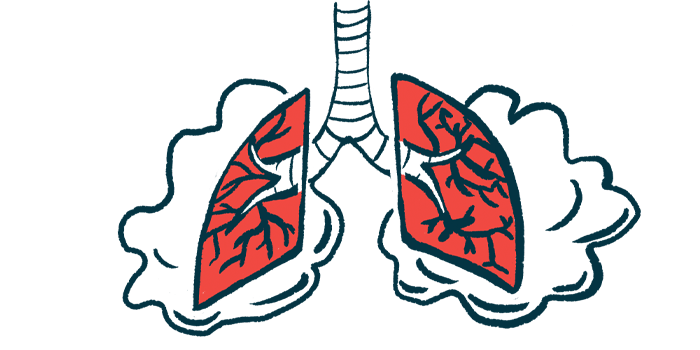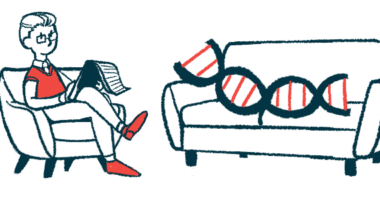SMA-1 kids can survive lung crisis with standard protocols: Study
Case series shows pARDS 'remains a clinical challenge,' but survival 'achievable'

Children with spinal muscular atrophy (SMA) type 1 can survive an episode of pediatric acute respiratory distress syndrome (pARDS), a type of life-threatening respiratory failure, according to a 12-year case series.
While “pARDS remains a clinical challenge for SMA-1 children,” the researchers wrote, “the present series suggests survival is achievable and current intensive pARDS protocols may be applied in the SMA-1 population.”
The study, “Pediatric acute respiratory distress syndrome in children with type I – spinal muscular atrophy: a 12-year case series,” was published in the European Journal of Pediatrics.
Children with SMA type 1, one of the most severe forms of the progressive neuromuscular disorder, often have trouble breathing due to weak chest muscles. With recent advances in disease-modifying therapies, many SMA patients experience better motor and lung function, extended survival, and enhanced quality of life.
Even so, little is known about the management and outcomes of SMA type 1 children who experience pARDS, which occurs when fluid builds up in the lungs and makes breathing difficult.
Case review looks at 12 years of data
The medical team in Italy reviewed the cases of 18 children, aged 2 months to 42 months, with SMA type 1 who were admitted to a pediatric intensive care unit (PICU) for pARDS from 2010 to 2021.
The median age at SMA diagnosis was 3.5 months, the median gap between SMA diagnosis and the pARDS episode was 14.2 months, and the median age at PICU admission was nine months. About half (55.6%) of the children had received noninvasive breathing support before PICU admission. None needed a feeding tube.
In most cases, pARDS was triggered by a lung infection, such as bronchiolitis or pneumonia. Three patients had a coinfection with a virus and bacterium. Four showed clear signs of aspiration pneumonia, a lung infection caused by inhaling liquid, food, or vomit into the lungs.
Almost all patients (88.9%) received invasive ventilation in the PICU, with two receiving noninvasive ventilation alone. Several additional treatments were administered, including surfactant lavage to flush obstructions from the lungs, fiberoptic bronchoscopy (an exam that looks into the airways), and inhaled nitric oxide, a medical gas that relaxes blood vessels.
Fifteen patients (83.3%) survived to hospital discharge. For two of those who died, the cause was refractory hypoxemia, or low blood oxygen that doesn’t improve with medical support. The other died from severe barotrauma (a ventilator complication), heart failure, and persistent hypoxemia after emergency transfer in critical condition.
The sole significant difference between survivors and non-survivors was the P/F ratio, a measure of hypoxemia, with higher values indicating better blood oxygenation. The minimum median P/F value was markedly higher in surviving patients than in non-survivors (95 vs. 67). Age, body weight, ventilation, and PICU length of stay didn’t appear to influence survival.
Still, children who were younger, weighed less, and spent more time on invasive mechanical ventilation had longer PICU stays.
Of the 15 surviving patients, four received a tracheostomy, a surgical procedure to create an opening in the windpipe to help with breathing, along with long-term mechanical ventilation. Six patients were discharged from PICU under continuous noninvasive ventilation.
All 15 were still alive at the 24-month follow-up and continued their previous therapeutic regimen, including long-term Spinraza (nusinersen) treatment, where applicable.
“This is the first case series describing pediatric acute respiratory distress syndrome (pARDS) in SMA-1 children, suggesting that standard pARDS treatment could be applied with achievable survival,” the researchers concluded.








